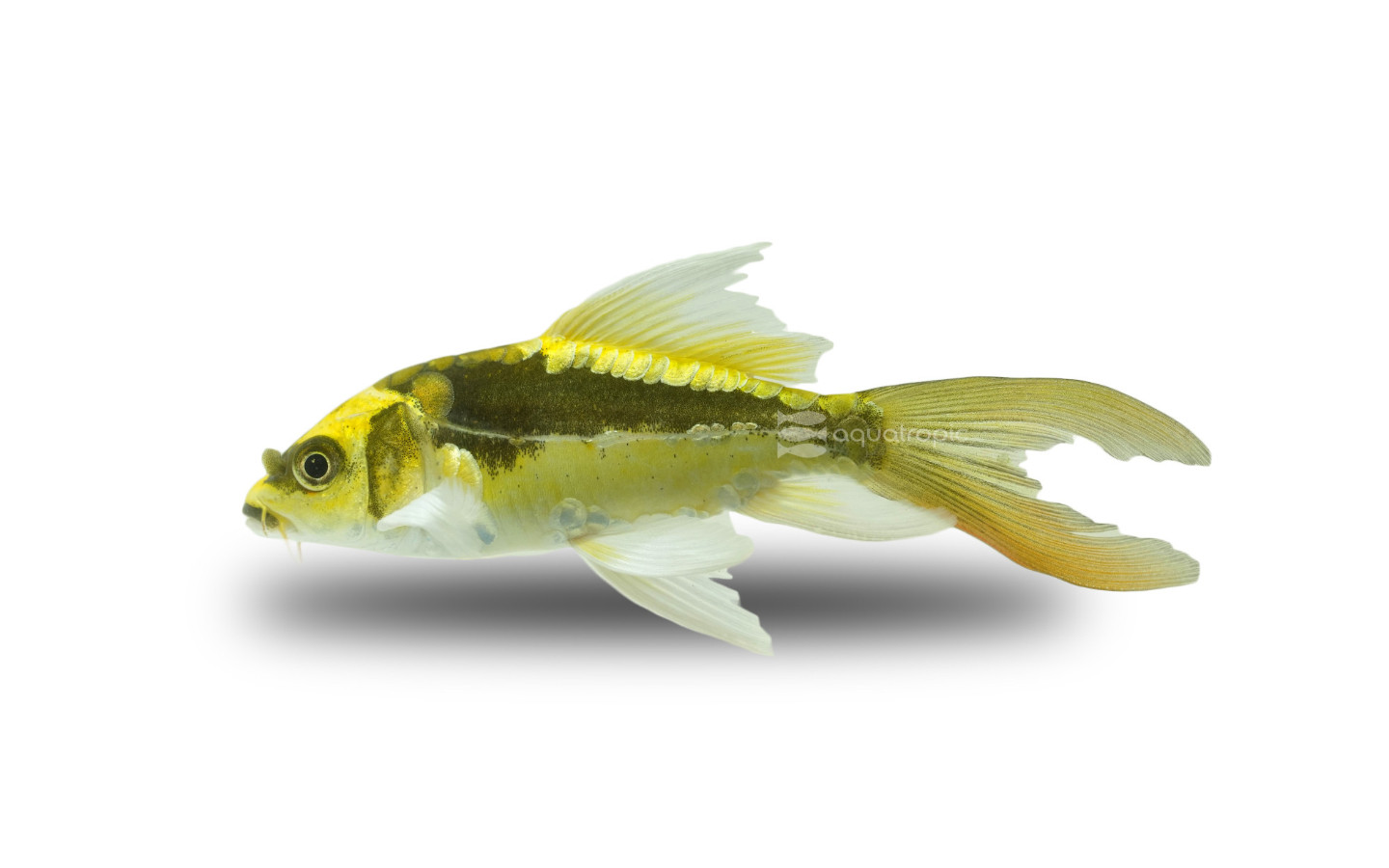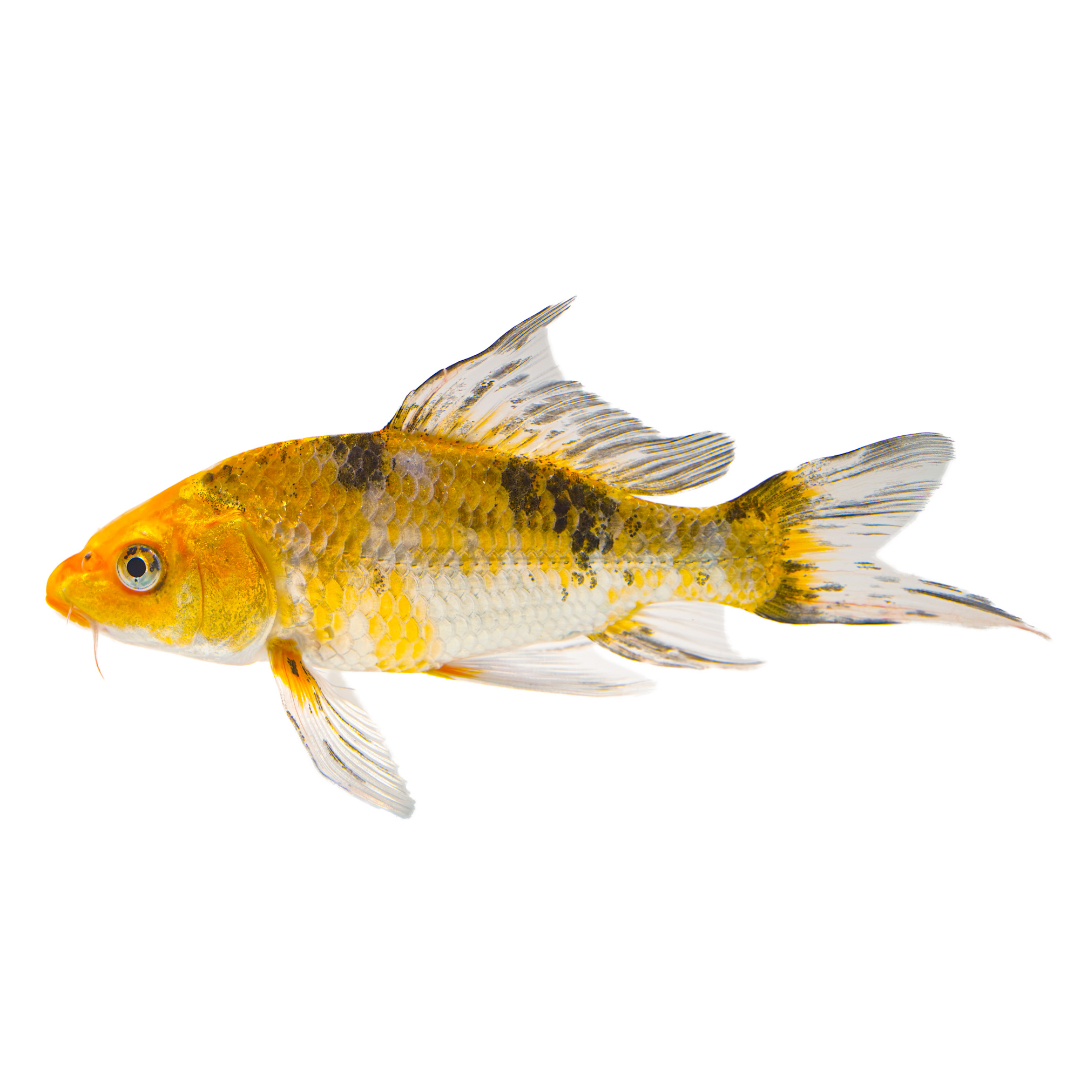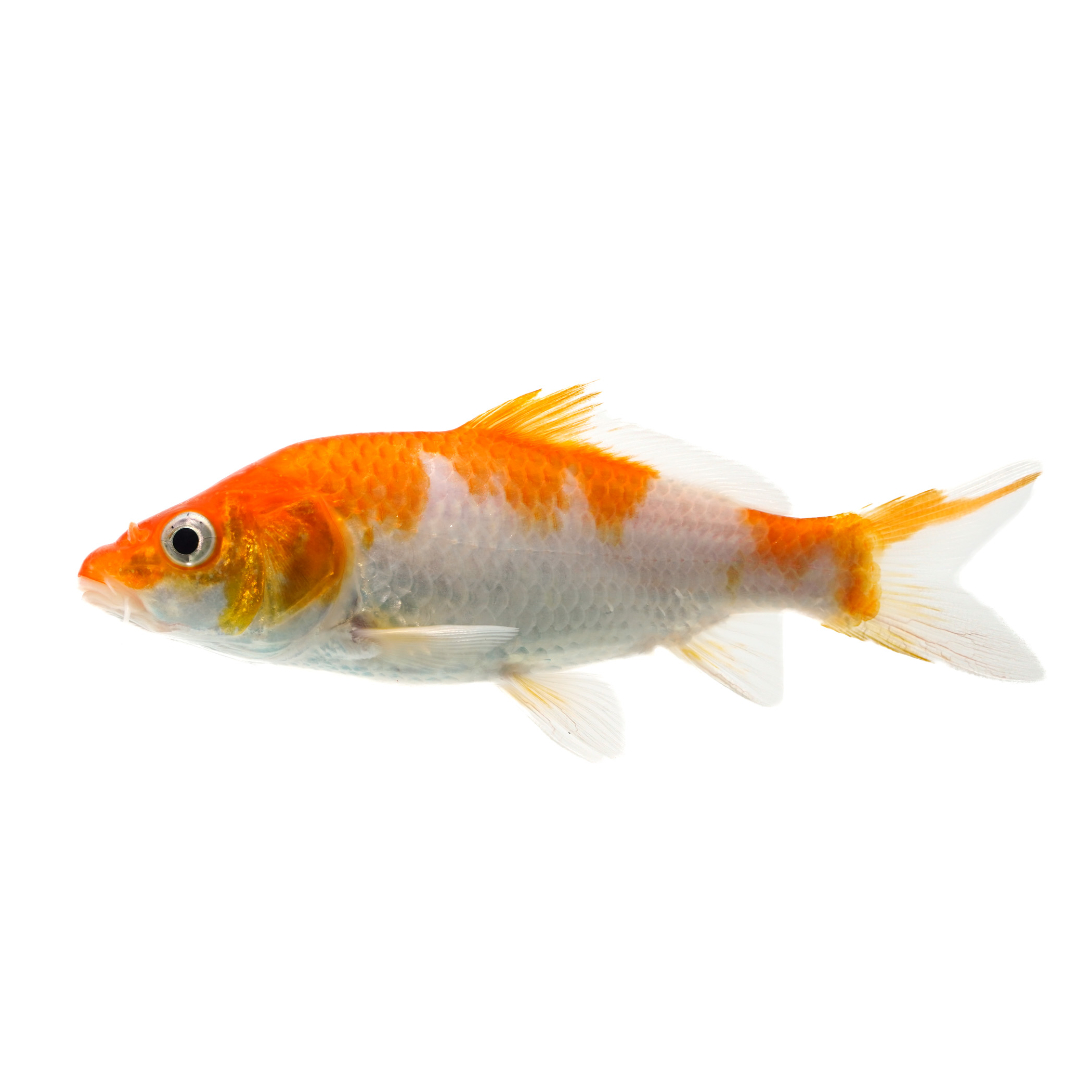Koi Questions

Are you interested in having a Koi Pond? You should be! They are the next step up in your aquarium keeping. Koi are beautiful and long lived. The ponds add beauty and intrigue into any landscape and the sounds of flowing water are sure to bring peace to your backyard zen space. Now that you're thinking about this, we're sure you have some questions.
How difficult is it to keep an outdoor pond? Ponds are really no more demanding than an aquarium in many ways. You have a much larger volume of water which adds a huge amount of stability. All the filtration works in pretty much exactly the same way as what you are used to. What changes is that outdoor ponds have some variables that are less controllable than the ones in your aquarium. You can't reasonably add more light just by adjusting your timers. There are way more raccoons, otters and herons in your backyard than there are in your living room (probably, if not, we want to see your living room).

Are Koi easy to keep? Koi themselves are pretty hardy fish and can tolerate a pretty wide range of conditions. They'll do best in cooler, well-oxygenated water. That being said, they won't much like water under 40 degrees, so those of you in cold states will need to invest in ways to keep the ice open and keep the water inside not much cooler than that (see our article on winterizing your Koi Pond). Conversely, if you live in a hot climate, you'll need to find a shady spot for your pond, as very few fish can tolerate water temps in the 80s or higher because of the lack of oxygen that water can hold.
In regard to water conditions, if you have a freshwater tropical aquarium, you should be pretty ready for this paragraph. You'll need to maintain your pond so that there isn't any ammonia or nitrite. Nitrates should be kept in single digits. Koi will appreciate slightly elevated pH levels, 7.0 to 7.5 but are generally just fine in pH between 6.5 and 8. Stability here is likely more important than the actual number.
Koi will eat just about anything. They do very well on the pelletized foods made especially for them, and these are the best foods to use as a base. Many people like to feed their koi “treats” like bread, cooked pasta, flaked oats even blanched vegetables and greens. These are fine for your koi, but they are nutritionally poor, so they should be fed sparingly. Koi will greedily eat any live food that makes its way into the pond like worms and bugs. We suggest feeding floating food like Aqion in general. It is much easier for beginning pond keepers to keep track of how much food is being eaten than sinking foods, so you'll notice if any is being left to rot in the pond. Only feed your koi as much food as they will take down in five or so minutes. It's ok, and maybe even good to spread this amount of food out over multiple feedings. Some people use auto-feeders to spread this out, but we've found that unattended, timed feeding usually ends in other wild critters showing up for feeding time as well.
How big should your pond be? That really depends on how big your space is, how many fish you want to keep and, like most everything in life, what your budget is like. We can't answer two of those questions, but your local pond store or LFS can help you size a pond for your budget and space. A good place to start is with depth. Having a pond that is at least three feet deep brings a lot of temperature stability as well as offering more cover from predators than shallower ponds. In regard to how many fish you want, you should think about the support system you use. Systems with bigger filters and more water movement can support more inches of fish per gallon (which is a very common metric used to describe stocking density). On average, most sources will tell you that you need about 10 gallons of water for every inch of fish, we've found this to be fairly reasonable. You can do more with bigger filters, and pretty much every Koi farm on the planet is running densities much, much higher than that.
Ponds should also have some cover so that your fish can hide from the sun, and any opportunistic predators. You'll be shocked to find out the variety of predators that will find your backyard paradise. Herons and raccoons are probably the most common pond robbers, but we've heard of otters, terns, even skunks and pelicans eating your backyard fish pets. You can buy pre-made caves for fish to hide in. You can also make your own caves out of a variety of pond safe rocks available at your LFS or landscape / ponds store. Many people sink short lengths of PVC tube for fish to hide in as well. Plants are a great addition to any pond and offer your Koi a lot of natural cover. Some pond keepers will also fence their ponds off and or cover them with netting in extreme situations.

How does one pick out Koi? This has a simple answer; what you want them to look like, and how much money you want to spend? There are some very inexpensive Koi and some quite expensive Koi. They'll have different patterns and fins and even bloodlines. Our advice is to stick to starter packs from reputable Aquatropic Partners for most beginners. These will come with a variety of beautiful fish in a good mix of colors. Once you've got your hands wet, and your pond has remained relatively free from predation for a while, you can more safely make investments in some high-end Japanese Koi.
Do you have a suitable yard space and climate for a pond? Have you been itching to get a massive aquarium? A Koi Pond might be just the thing for you. Head to your local landscape, pond store or LFS and ask them whatever questions we didn't get to here. Tell the Aquatropic sent you.